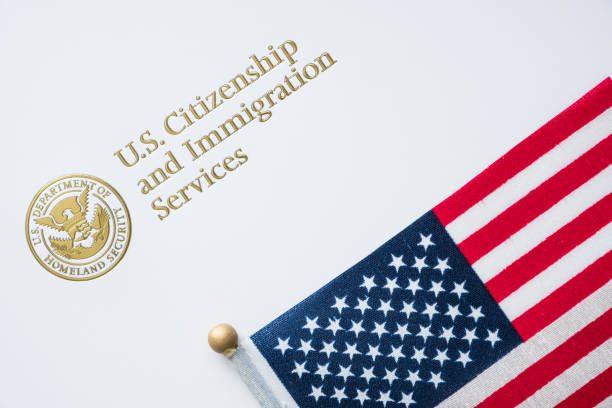In some cases, a person can be waiting patiently on their Priority Date on the monthly Visa Bulletin but suddenly the next month’s Bulletin shows that current dates have moved back! This does not happen often but it does happen enough that it is important to understand how it happens and what it means to your case.
The American Immigration Lawyers Association has prepared a very concise, easy-to-understand explanation of visa retrogression and it is reproduced below. While learning about this situation, remember that Visa Categories that go back almost also move forward in the future to the point that that the Category moved back is “made up” so the date is back to where it was originally.
As always, if you have any questions related to US immigration law, please email me at [email protected].

Understanding Visa Retrogression
The Department of State (DOS) puts out a monthly document called the Visa Bulletin. It tells people when they can apply for green cards. The dates in the Visa Bulletin are like deadlines. They are based on how many green cards are available each year and where people are from. There are different categories for getting green cards, like for work or family.
In the Visa Bulletin, there are two lists for each category: one for when you can start applying and another for when you can finish the application. The U.S. Citizenship and Immigration Services (USCIS) looks at these lists to decide when you can send in your green card application. If there are enough green cards, you use the “Dates for Filing Applications” list. If not, you use the “Application Final Action Dates” list. It’s like waiting for your turn.
Usually, the dates in the Visa Bulletin either move ahead or stay the same every month. But sometimes, a date that was okay for applying one month might not be okay the next month. This is called “visa retrogression.” It means you must wait longer to apply for a green card.
Why does visa retrogression happen?
Each month, DOS estimates how many visas will be available in each category. DOS uses different factors to estimate available immigrant visas, including how many applications will likely be approved, how many people have a priority date in more than one category, and how many related family members will receive a green card with the main applicant. Sometimes, the demand for visas is greater than the number of visas that are available. In these cases, the DOS revises its previous estimate and uses an earlier “cut off” date to ensure that more visas are not issued than allowed.
What if my visa category retrogresses?
You will not lose your place in line and your priority date will not change. If you have already attended a visa interview or applied in the United States and your priority date retrogresses, your application will remain in line until your priority date is current again. If you have not yet attended a visa interview or applied for adjustment
of status, then you must wait until your priority date becomes current to take one of those steps.
If my green card application is pending and my visa category retrogresses, what can I do?
While your green card application is still being processed by USCIS, you’re allowed to stay in the United States. This is called a “period of authorized stay.” You can also ask for permission to work and travel. You can keep renewing these permissions as many times as you need.
If your I-485 application has been with USCIS for at least 180 days, you can switch to a new job in a similar field.
Your children who applied for green cards with you might still qualify to stay in the U.S. even if they turn 21, thanks to the Child Status Protection Act.
What if my priority date moves ahead in a different visa category? Can I change categories?
Yes, you can ask to switch to a different visa category. For instance, if you have a pending or approved I-140 petition for a different work-related visa category with a current date, you can ask to use that for your green card application instead. You might need to fill out an extra form called I-485 Supplement J.
If you have a family-based case with a current date in a different category, you can also ask to change your green card application to that category by sending a written request to USCIS.
It’s a good idea to talk to an immigration lawyer to see if you can use either of these options.
When will I receive my green card?
It is often hard to predict how fast or slow the dates in the Visa Bulletin will move. You’ll get your green card when your turn comes up in the Visa Bulletin. If you’re still eligible when that happens, your application will be approved. It’s like waiting for your number to be called.\
We are closely monitoring the monthly Visa Bulletin and encourage you to contact our office at Tidwell, Swaim & Farquhar at 972-385-7900, or email David Swaim ([email protected]) if you have any questions.



